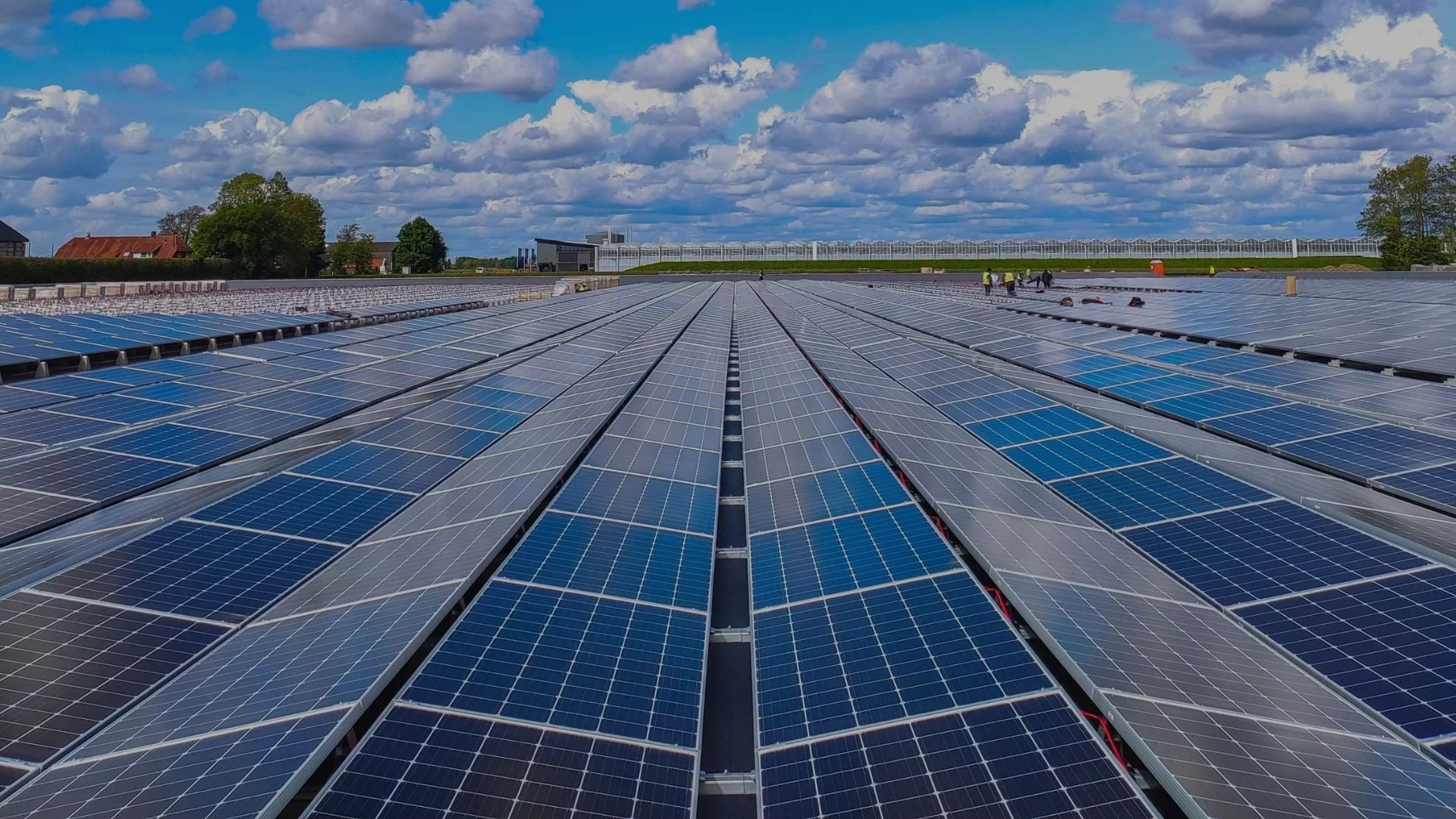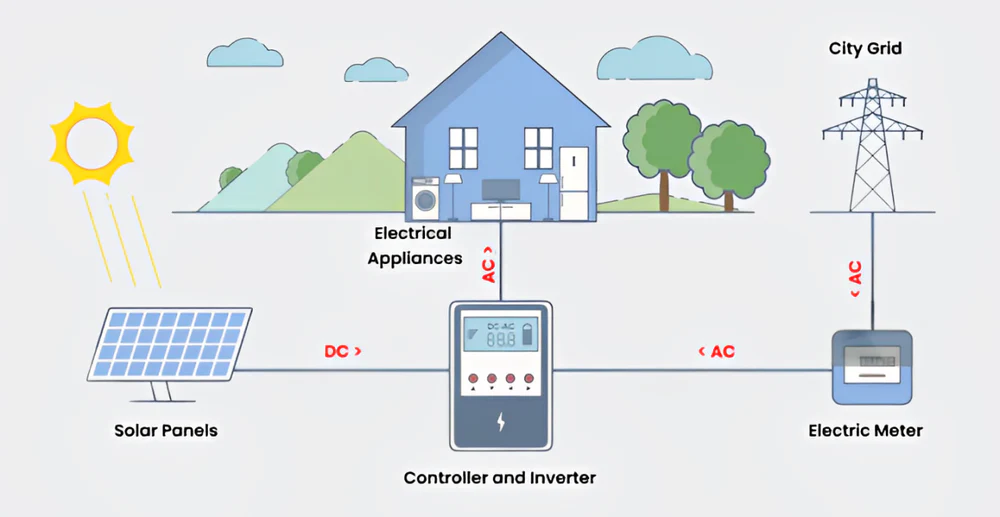News
Photovoltaic power generation is based on the principle of photovoltaic effect, using solar cells to directly convert solar energy into electrical energy. The solar photovoltaic system consists of three main parts: solar panels (components), controllers, and inverters. They are mainly composed of electronic components and do not involve mechanical parts. Therefore, the photovoltaic power generation equipment is extremely refined, reliable, stable, and has a long service life, and is easy to install and maintain. What are the types of solar photovoltaic power generation systems? Solar photovoltaic power generation systems are divided into off grid photovoltaic power generation systems, grid connected photovoltaic power generation systems, and distributed photovoltaic power generation systems.
1、 Off grid solar photovoltaic system
Off grid solar photovoltaic systems mainly consist of solar cell modules, controllers, and batteries. To supply power to AC loads, an AC inverter is also required.
2、 Grid connected solar photovoltaic system
Grid connected photovoltaic power generation system refers to the direct current generated by solar modules being converted into alternating current that meets the requirements of the municipal power grid through grid connected inverters and directly connected to the public power grid. The grid connected power generation system has centralized large-scale grid connected power stations, which are generally national level power stations. The main feature is to directly transmit the generated energy to the power grid, and the power grid will uniformly allocate and supply power to users. However, this type of power station requires large investment, long construction period, occupies a large area, and is difficult to develop. Distributed small-scale grid connected power generation systems, especially photovoltaic building integrated power generation systems, are the mainstream of grid connected power generation due to their advantages of small investment, fast construction, small footprint, and strong policy support.
3、 Distributed solar photovoltaic system
Distributed photovoltaic power generation system, also known as distributed power generation or distributed energy supply, refers to the configuration of smaller photovoltaic power supply systems at or near the user's site to meet the specific needs of users, support the economic operation of existing distribution networks, or meet both requirements simultaneously.
The basic equipment of a distributed solar photovoltaic system includes photovoltaic cell modules, photovoltaic array brackets, DC combiner boxes, DC distribution cabinets, grid connected inverters, AC distribution cabinets, etc. In addition, there are power supply system monitoring devices and environmental monitoring devices. Its operating mode is that under the condition of solar radiation, the solar cell module array of the photovoltaic power generation system converts the solar energy into output electrical energy, which is centrally sent to the DC distribution cabinet through the DC combiner box. The grid connected inverter inverts the AC power to supply the building's own load, and the excess or insufficient power is regulated by connecting to the power grid.
Leave A Reply
Get Free Quotes
NEED TO CHAT?
We will get back to you within 24 hours of receiving the message.



